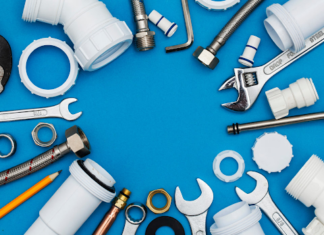Imagine your partner getting down on one knee and placing that all-important piece of jewellery on your finger. The mere thought sends you to fairytale land, right? But, let’s come back and think more about that ring.
An engagement ring is probably one of the most critical investments of an individual’s life. In a consumer frenzy country like Australia, narrowing down on one ring can often get tricky because of the myriad of options available.
Don’t worry, though. This article will guide you through some classic rings available in the au engagement rings market.
1. Let’s get started.
It is one of the most classic and evergreen jewellery pieces you’ll find in the Australian market. A prong is a tiny metallic piece that provides the diamond on top with a tight grip. It can be rounded, flat, pointed, and V-shaped, the latter being the most common.
Most prong setting rings come with either four or six prongs. The former shows the diamond more, whereas the latter is more secure. The best part of the setting is that it gives room for light to pass through the diamond, making it look even more magnificent.
Pros:
- Makes the diamond look more prominent
- Easy to maintain and clean
- Gives a timeless, classic look
Cons:
- Susceptible to snog on clothing or furniture
- It might get loose after 2-3 years.
2. Tiffany Setting
It is a scientifically developed solitaire six-prong setting ring designed to maximise the light return of the diamond. Due to the trademarking of the prong design by Tiffany&Co, you cannot find the same setting in any jewellery shop. However, you can obtain a similar at virtually every other place in the au engagement rings market.
Pros:
- The raised diamond amplifies the light reflection
- Compatible with various diamond shapes and carat sizes
- Offers a classic look that will stay in style forever
Cons:
- Can snag on clothing, especially if it’s a high set prong ring
- Diamond might become loose after 2 years without proper inspection
3. Tension Setting
It is named on the tension exerted by the metal strap that keeps the diamond in place. This pressure gives an illusion that the diamond is suspended between the two sides of the metal.
This design uses lasers to calibrate the exact shape of the diamond. Such technology makes it possible for the diamond to be held by a custom-designed metal band pushing into the sides of the stone.
Pros:
- Provides a unique appearance
- GIves a stylish, modern look
- Requires less maintenance than a prong setting ring
- Enhanced light reflection due to minimal metal around the stone
Cons:
- May make a small carat diamond look even smaller if the surrounding metal is thick
- Difficult and expensive to resize
- Though highly unlikely, the stone might fall out if struck by a strong outside force
4. Channel Setting
This setting provides the perfect placement of small diamonds on the metal band, making a sparkling stone channel that eventually leads to the ultimate centrepiece.
This setting is also famous for stackable rings and wedding rings with smaller stones and no centrepiece.
Pros:
- Keeps the diamond safe from outside forces
- Unlikely to snag to clothing and other material
- The side stones add to the ring’s sparkle
- Provides a strong design without compromising on the stability
Cons:
- Cleaning a channel setting ring can be a complicated task
- Often difficult to repair due to multiple channels
- May hide the centrepiece more than prong rings
Your partner deserves an engagement ring that they can savour for the rest of their life. It’s not just a piece of jewellery. It’s a symbol of eternal love and companionship. Make sure you put your best foot forward while investing in this ornament.Check out some of the best au engagement rings today!









